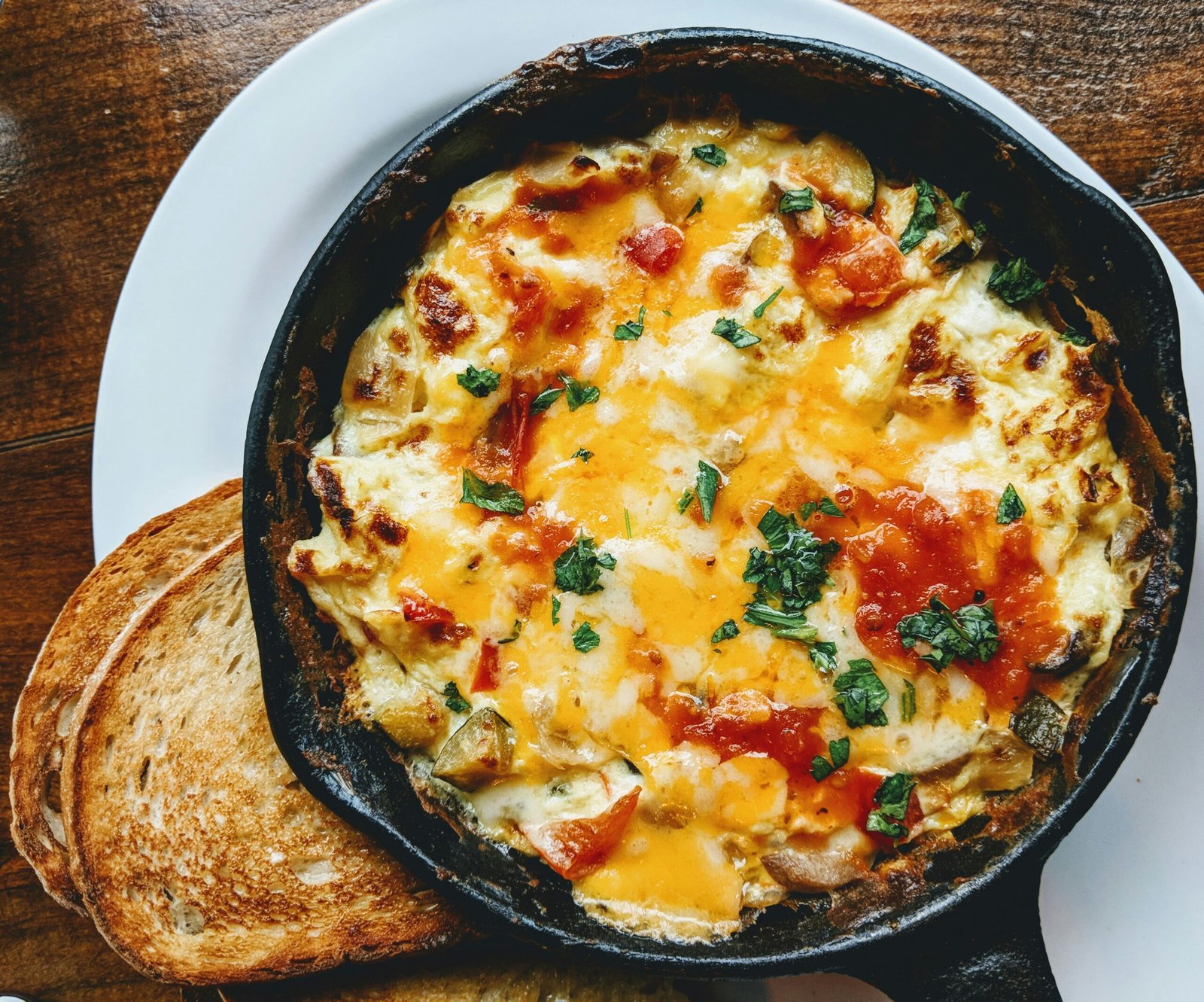The Best Omelette Pan Size for Fluffy, Folded Perfection
Mastering Omelettes Begins with the Right Pan Size
At first glance, making an omelette might seem like one of the easiest breakfast tasks. Crack a few eggs, whisk, pour, and voilà — breakfast is served. But if you’ve ever struggled with dry edges, runny centers, or an awkward, broken fold, you know there’s more to it than meets the eye. The secret to that perfect, fluffy, and golden omelette lies not just in fresh eggs or precise timing — but in choosing the right pan size.
Pan size is one of the most overlooked factors in the quest for omelette perfection. Too many home cooks focus on ingredients or technique while ignoring the tool that holds it all together. Yet, even the freshest eggs and finest cheese won’t save an omelette cooked in a pan that’s the wrong size. A pan that’s too small makes the omelette thick and difficult to fold, while one that’s too large spreads the eggs too thin, leading to dry, crispy edges. In both cases, what should have been a light, airy breakfast becomes a frustrating kitchen experiment.
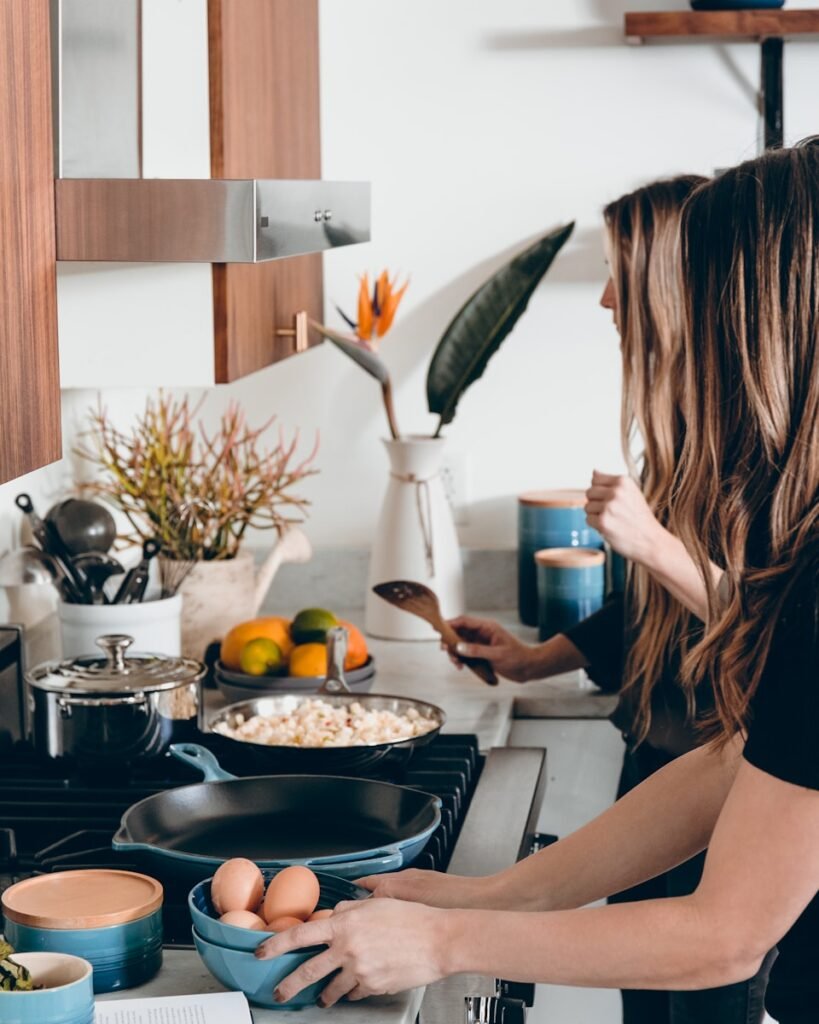
Why Pan Size Isn’t Just a Small Detail
A properly sized pan ensures more than just good looks — it plays a critical role in heat distribution, consistency, and ease of folding. When the pan size is right, the eggs spread evenly across the surface, cook at the same rate, and are easy to fold into that satisfying crescent shape. Uneven heating, on the other hand, can leave you with a burnt bottom or a gooey center. And if you’ve ever tried folding an omelette only to have it crumble apart, you’ll know how frustrating it can be to wrestle with eggs that refuse to cooperate.
The size of the pan also affects how well your fillings cook. A pan that’s too small won’t give ingredients like vegetables, cheese, or meat enough space to cook properly alongside the eggs. If the eggs cook too fast, you’ll end up with underdone fillings or worse — a soggy mess. Conversely, a pan that’s too large can cause your ingredients to spread out too thinly, making the omelette difficult to fold and manage.
In other words, the right pan size helps with more than just the structure of your omelette — it ensures that everything inside is cooked to perfection, too. When everything comes together, the result is a beautifully folded, evenly cooked dish with the perfect balance of textures and flavors.

Elevating Your Breakfast Game with the Perfect Pan
Choosing the right pan size is a game-changer for both novice and experienced cooks. It gives you more control over the cooking process, from how the eggs set to how smoothly you can fold the omelette. Instead of worrying about uneven cooking or messy folds, you can focus on experimenting with flavors and ingredients. With the right pan, you’ll be able to make a wide range of omelettes — from a light and airy two-egg version to a hearty three-egg creation packed with vegetables and cheese.
The pan size sweet spot is more than just a suggestion; it’s a step toward transforming your cooking. When your tools are right, cooking becomes more enjoyable. You’re not just preparing food; you’re creating something delicious with confidence. With a properly sized pan, there’s less stress and more opportunity to experiment with fillings, toppings, and garnishes — whether it’s a simple herb and cheese combo or a more elaborate stuffed omelette for guests.
In the next section, we’ll take a closer look at specific pan sizes and how they can affect different types of omelettes. Whether you’re cooking for yourself or hosting a weekend brunch, understanding these details will make every omelette you create light, fluffy, and effortlessly folded. Because once you find the right pan, there’s no going back
Top 5 Recommended Omelette Pans
The journey to a perfect omelette starts with choosing the right pan. Below, we’ve rounded up the top five omelette pans designed to help you achieve light, fluffy, and perfectly folded results every time. Let’s dive in and discover the ideal omelette pan size for your needs!
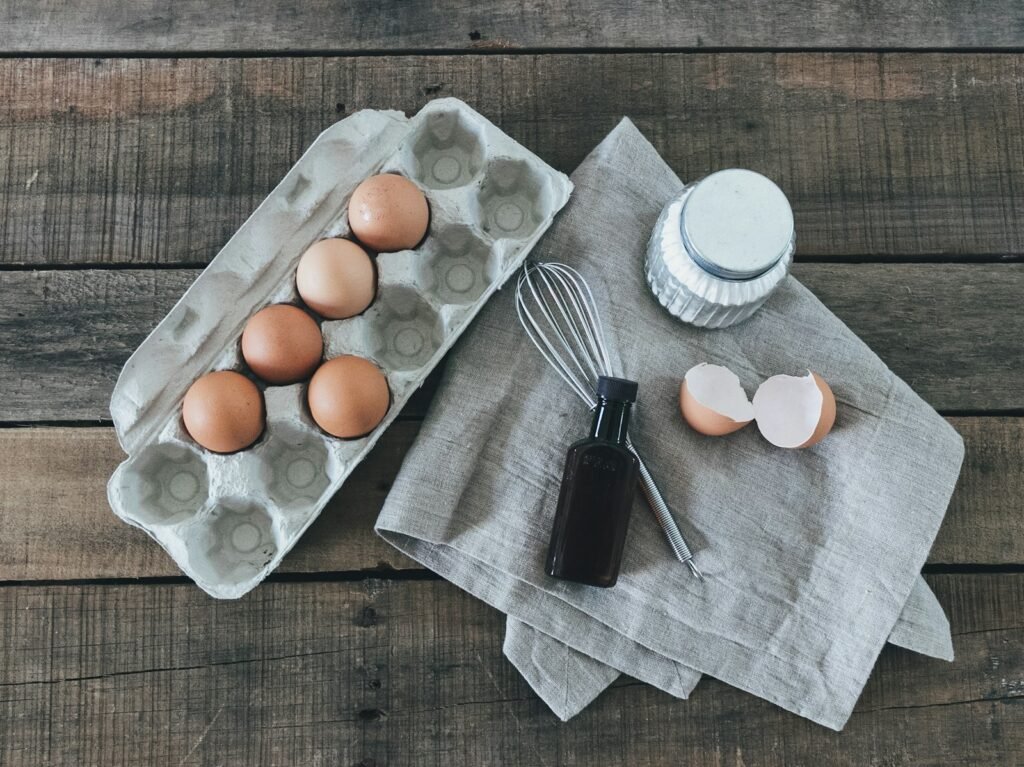
1. Calphalon Contemporary Hard-Anodized Aluminum Nonstick Omelette Pan
This pan stands out with its hard-anodized aluminum construction, ensuring even heat distribution. The non-stick surface allows for easy food release and effortless clean-up.
Pros: Durable, nonstick surface, oven safe.
Cons: Slightly heavier than other models, higher price point.
Why I like this pan:
I love using this pan for weekend brunches when I want to impress with a perfectly folded, fluffy omelette. Its weight gives it a solid, professional feel, and the even heat distribution ensures that my omelette cooks perfectly every time—no burnt edges or raw centers. Plus, it’s oven-safe, which is great when I want to finish dishes under the broiler.
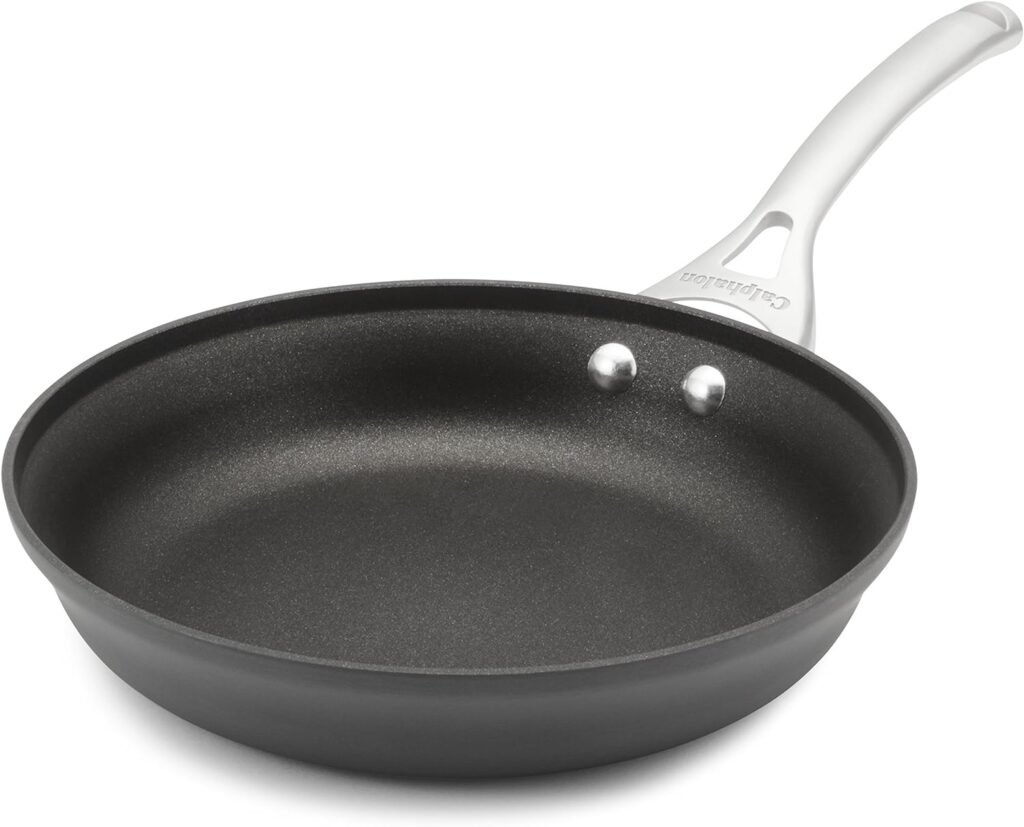
2. T-fal E93808 Professional Nonstick Fry Pan
Featuring a Thermo-Spot heat indicator, this pan takes the guesswork out of cooking. Its non-stick interior is durable and scratch-resistant.
Pros: Affordable, dishwasher safe, robust nonstick coating.
Cons: Not induction compatible.
This is my go-to pan when I’m cooking on busy mornings. The Thermo-Spot heat indicator makes it foolproof—no need to guess if the pan is hot enough. It’s lightweight, affordable, and easy to clean, making it perfect for everyday use, especially when I’m short on time.

3. All-Clad 4110 NS R2 Nonstick Fry Pan
This 10-inch fry pan from All-Clad is built with heavy-gauge, hard anodized aluminum for lasting durability. Its PFOA-free nonstick coating makes for healthier cooking with less oil.
Pros: Professional-grade, PFOA-free, compatible with all cooktops including induction.
Cons: Premium price, heavy.
Whenever I want to cook like a pro, I reach for this pan. It has a premium feel with excellent durability, and the nonstick surface works wonders even with minimal oil. I love that it’s induction compatible and versatile enough to use on any cooktop. It’s my top choice when I want to make a more refined omelette packed with ingredients.

4. GreenPan Paris Ceramic Non-Stick Pan
This eco-friendly pan features Thermolon ceramic non-stick coating, free from PFAS, PFOA, lead, and cadmium. It offers excellent heat distribution and retention.
Pros: Eco-friendly, excellent non-stick performance, lightweight.
Cons: Exterior coating can discolor over time.
This is my favorite pan when I want to cook light and healthy meals. Its ceramic coating ensures that even with little oil, nothing sticks, and I love that it’s eco-friendly and free from harmful chemicals. It’s perfect for delicate omelettes filled with vegetables and cheese. Plus, it heats up quickly and evenly, saving me time in the kitchen.
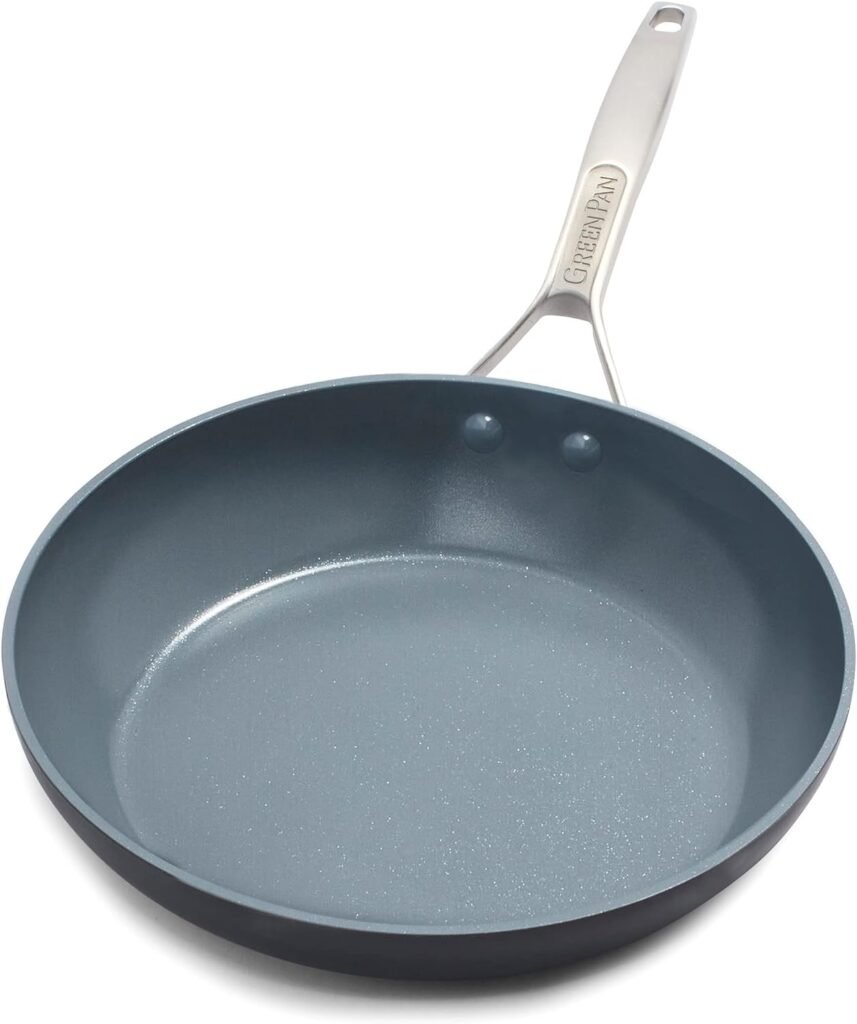
5. Cuisinart 622-30G Nonstick Hard-Anodized Skillet
With a tempered glass cover, this Cuisinart skillet offers the versatility of cooking a variety of dishes. Its durable non-stick interior ensures easy release and cleaning.
Pros: Affordable, tempered glass cover, non-stick interior.
Cons: Handles may get hot, not induction compatible.
I use this pan a lot when I need versatility in the kitchen. The tempered glass lid is great for dishes that require a bit of steaming, like frittatas or covered omelettes. It’s affordable yet performs well, and the non-stick surface makes cleanup easy. It’s my go-to for quick meals when I don’t want to spend too much time cooking or cleaning afterward.
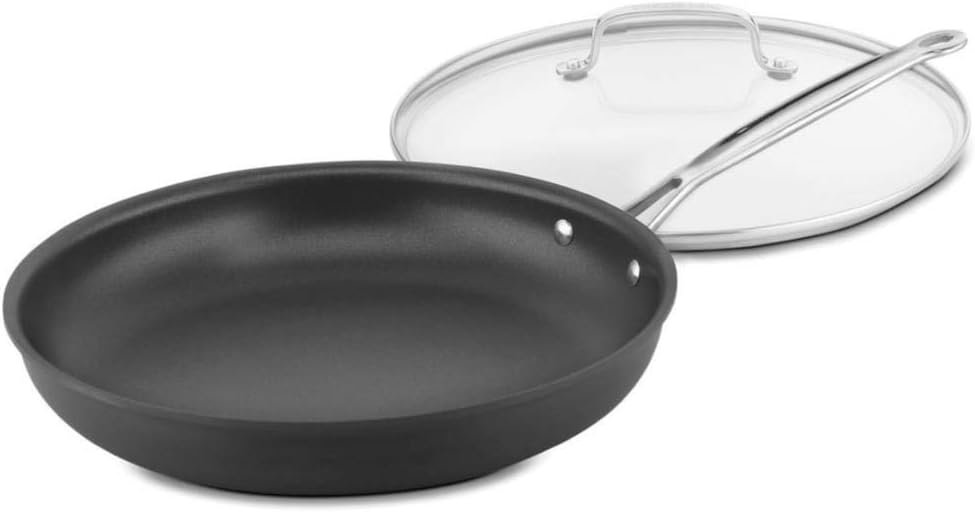
How to Use & Care for Your Omelette Pan (Without Losing Your Mind)
So, you’ve scored yourself a shiny new omelette pan—awesome! Now, let’s keep it in top shape so it can keep flipping those eggs like a pro for years to come.
First off, if you’ve got a cast iron or stainless steel pan, it’s time to give it a little love with some seasoning. Just coat the surface with vegetable oil, pop it in the oven at 375°F, and bake it for about an hour. Not only does this create a non-stick layer, but it also gives you that “I’m basically a chef” vibe.
When you’re ready to cook, remember to preheat your pan on medium heat—cold pans and omelettes do not get along! And please, for the love of fluffy eggs, skip the metal utensils. Use wooden or silicone tools to keep that non-stick surface intact and looking good.
Cleaning? It’s a breeze! Non-stick pans just need a gentle wash with warm soapy water and a soft sponge. As for cast iron, skip the soap altogether—use coarse salt and a paper towel instead, then finish with a light oil rub to prevent rust. Stainless steel can handle a bit more scrubbing, but be gentle; nobody wants a scratched pan.
Storage is key, too! Make sure your pan is completely dry before tucking it away to avoid any rust or funky smells. Pro tip: If you’re stacking pans, throw a paper towel or pan protector between them to keep them scratch-free.
With just a bit of TLC, your trusty pan will deliver those fluffy, golden omelettes you’ve been dreaming of. Breakfast goals? Totally achieved!
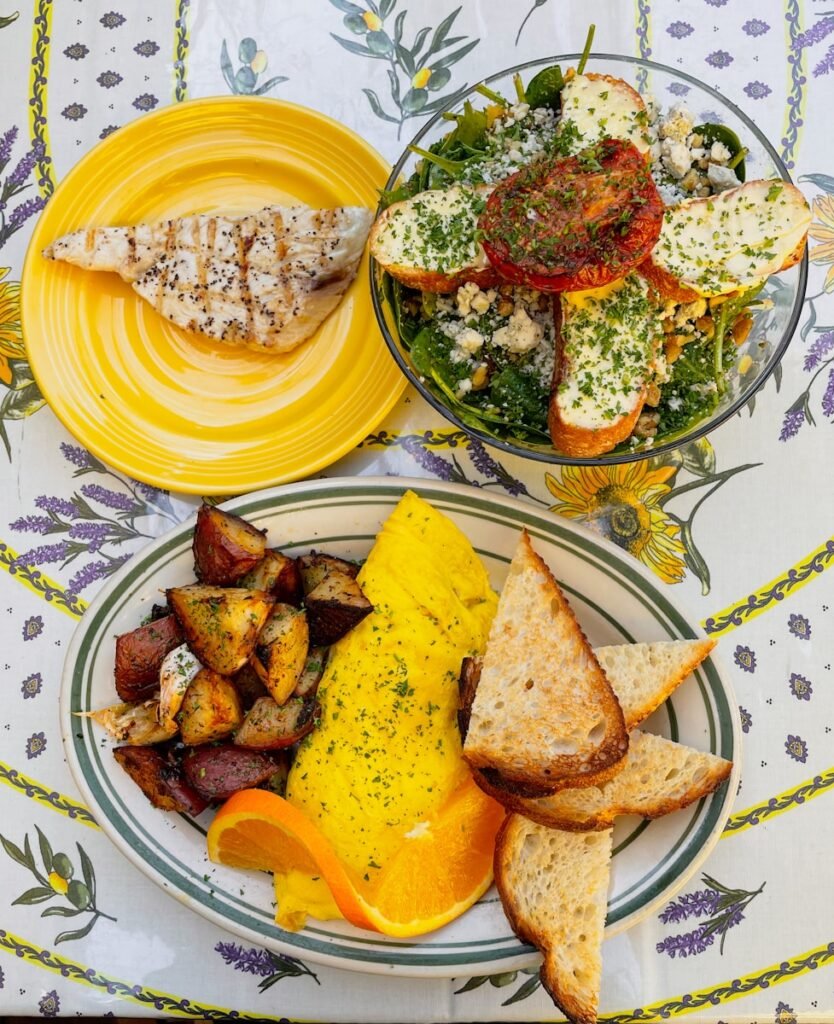
Conclusion: The Road to Omelette Greatness
Choosing the perfect omelette pan isn’t just about picking any old skillet; it’s about setting yourself up for delicious breakfast success! Whether you’re just starting your kitchen journey or you’re a seasoned pro, an 8- to 10-inch pan is the sweet spot for omelette-making. It’s big enough to fold in all the good stuff but small enough to flip without any drama.
Material matters too! Non-stick pans make flipping a breeze, but if you’re feeling adventurous (and have a bit of patience), stainless steel and cast iron can take your flavor game to the next level. Just make sure your pan has a comfy handle—unless you enjoy playing hot potato with your cookware!
Remember, practice makes perfect. Each omelette is a chance to sharpen your skills, experiment with fun ingredients, and master the art of folding. Stick with it, and before you know it, you’ll be flipping eggs like a brunch wizard!
Now, armed with your trusty pan and these handy tips, you’re officially on the path to omelette greatness. Go forth and conquer breakfast—one fluffy, folded omelette at a time!

